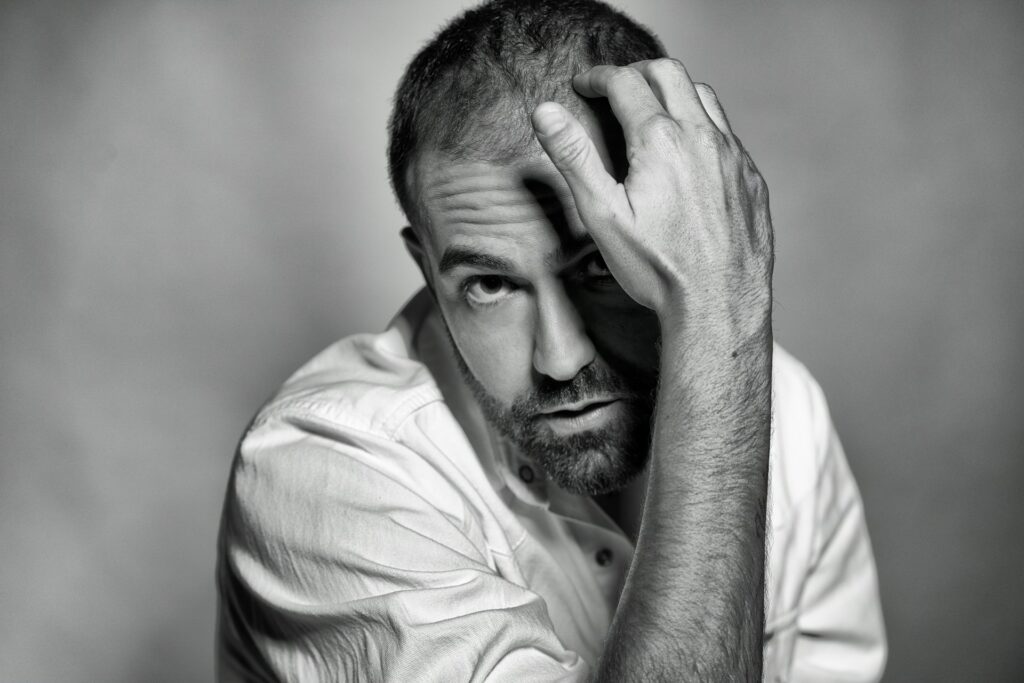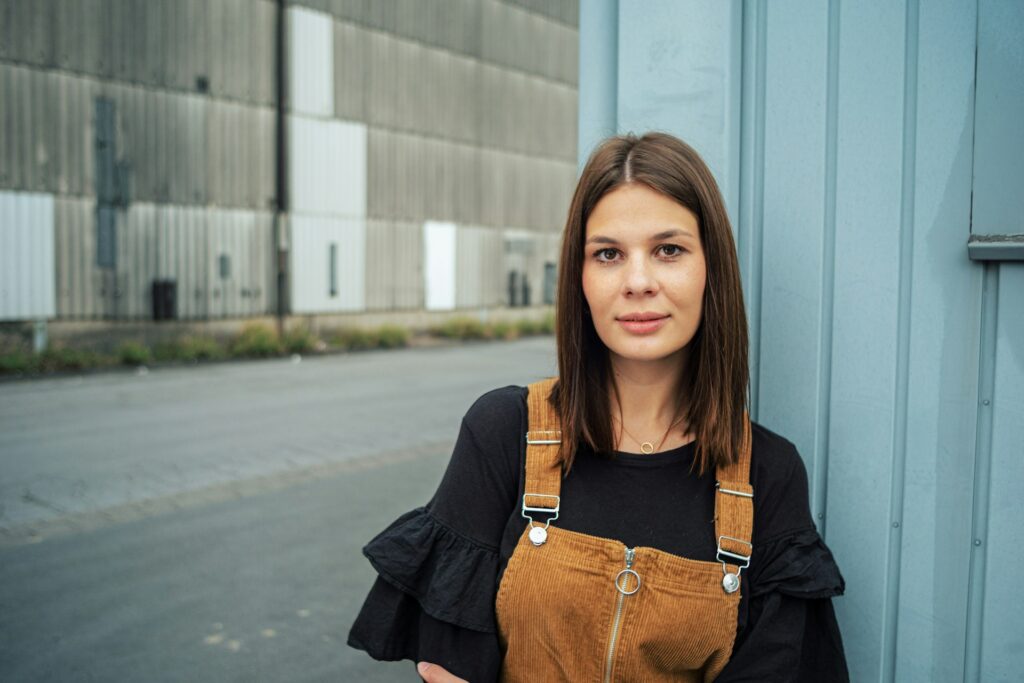Healing can be quiet, messy, and surprisingly uncomfortable, but because sitting with your pain is hard, it’s easy to mistake distraction for progress.

Life stays busy, routines keep moving, and on the surface, things look better, but the unresolved stuff doesn’t disappear just because you’ve stopped thinking about it. There’s a fine line between genuinely processing something and just avoiding it in more sophisticated ways. These signs can help you recognise whether you’re actually healing, or just doing a really good job of staying distracted.
1. You feel better when you’re busy, but worse when it’s quiet.

Staying occupied can make it seem like you’ve moved on, but the real test is how you feel in stillness. If silence brings discomfort, restlessness, or old thoughts rushing back in, you might be pushing things down rather than working through them. Healing makes peace with the quiet. If every quiet moment still feels like a threat, it could be a sign that distraction is covering up deeper emotions you haven’t fully explored yet.
2. You talk like you’ve accepted things, but you avoid thinking about them.

It’s possible to say all the right things—“I’ve let it go,” or “I’ve made peace with it”—while still dodging the full weight of the experience. If your healing story feels rehearsed, but certain memories still trigger you, the pain might still be alive under the surface. Genuine healing doesn’t always sound neat. It often involves messy truths you haven’t figured out how to explain yet. If you’re overly polished, you may be more focused on appearing fine than feeling it.
3. You’ve jumped into self-improvement mode without slowing down.

Getting healthy, staying productive, reading books, and overhauling your life can all look like healing. However, if those efforts are constant and intense, they might just be a more acceptable way of avoiding emotional discomfort. True healing includes pause, reflection, and sometimes stillness. If your growth is always forward-motion and never stillness, it might be progress on paper, but not emotional recovery.
4. You’ve stopped talking about it entirely.

There’s a difference between closure and avoidance. If you’ve completely stopped mentioning what happened, not because it’s resolved, but because you don’t want to get emotional, then chances are it’s still lingering in your system. Healing doesn’t always require constant conversation, but it does involve honesty. If you’ve locked a door and thrown away the key, it may be more about self-protection than actual healing.
5. You feel physically uncomfortable when the topic comes up.

When something is truly healed, you can talk about it without a surge of shame, anger, or defensiveness. However, if your body still tightens up when it’s mentioned, that discomfort could be your system saying it’s not as settled as you think. Our emotions often show up in our body first. If a topic creates tension, avoidance, or a need to change the subject quickly, it’s likely something still needs your attention.
6. You downplay how much it affected you.

“It wasn’t that bad,” or “I’m over it now” might roll off the tongue, but if they’re followed by a sense of unease or a change in tone, it suggests you’re trying to convince yourself more than anyone else. Minimising the impact of something painful isn’t healing—it’s defence. Real healing allows you to say, “That hurt me deeply,” without shame or the need to rush past it.
7. You haven’t let yourself feel the full range of emotions.

If you’ve only allowed yourself to be strong, calm, or rational about something, you may have skipped important emotional steps. Healing often involves feeling anger, sadness, confusion, and grief, not just presenting as ‘okay.’ When we avoid certain emotions, they tend to resurface later in unexpected ways. A healing process that avoids emotional discomfort isn’t really healing—it’s just tidy avoidance.
8. You keep changing your environment to feel better.

New routines, new hobbies, or even a new location can offer relief, but they’re not the same as healing. If you constantly need change to stay okay, you might be trying to outrun what hasn’t been dealt with. Healing can happen anywhere, but distraction often looks like reinventing your surroundings in hopes that your feelings won’t catch up. And they usually do, just in quieter ways.
9. You’re overly focused on helping other people instead.

It’s beautiful to support other people, but sometimes, people throw themselves into being the fixer so they don’t have to face their own emotional work. Being needed can become a distraction that feels noble, but ultimately drains you. Healing requires space for yourself. If your own emotions keep getting put on hold while you focus on everyone else, you might be avoiding your own pain by pouring energy outward.
10. You keep seeking validation that you’re doing well.

If you constantly need reassurance that you’re handling things the “right way,” or you frequently post about how far you’ve come just to feel validated, it might be a sign you’re still feeling uncertain inside. Healing creates quiet confidence. If the need for outside approval keeps popping up, it may be a sign that your progress hasn’t fully settled internally yet.
11. You get irritated when people bring it up.

Getting annoyed when other people check in or reference the situation might not mean you’re over it—it could mean you’re uncomfortable being reminded of it. Anger can be a shield for wounds that haven’t closed yet. True healing softens your response to reminders. If your mood changes quickly, or you become defensive, it might be worth asking whether there’s still pain under the surface that hasn’t been explored.
12. You’ve replaced processing with constant entertainment.

Podcasts, shows, scrolling, and background noise can all become tools for avoiding stillness. If your brain is always occupied, it’s harder to notice unresolved emotions waiting in the quiet moments. There’s nothing wrong with distraction in moderation. But when it becomes a full-time buffer against feeling things, it might be time to create space for reflection instead of another distraction.
13. You’re avoiding people who remind you of the past.

Sometimes, instead of facing memories or feelings directly, people just cut ties with anything associated with that chapter. While that can be part of healing, it can also be a way to avoid dealing with lingering emotion. Healing isn’t about erasing the past—it’s about finding peace with it. If you’re still haunted by what someone represents, even if they’re no longer around, then healing might still be in progress.
14. You’re not sure if you’ve healed—you just hope you have.

If you find yourself unsure whether you’ve healed or not, chances are, something inside still feels unsettled. Healing usually brings a sense of closure, even if the experience was painful. It doesn’t mean everything’s perfect—it just means it’s no longer running the show.
If you’re relying on hope or distraction to keep you afloat, that’s okay—sometimes it’s what gets you through. However, real healing asks for presence. And it’s never too late to slow down and give yourself the kind of attention you truly need.


